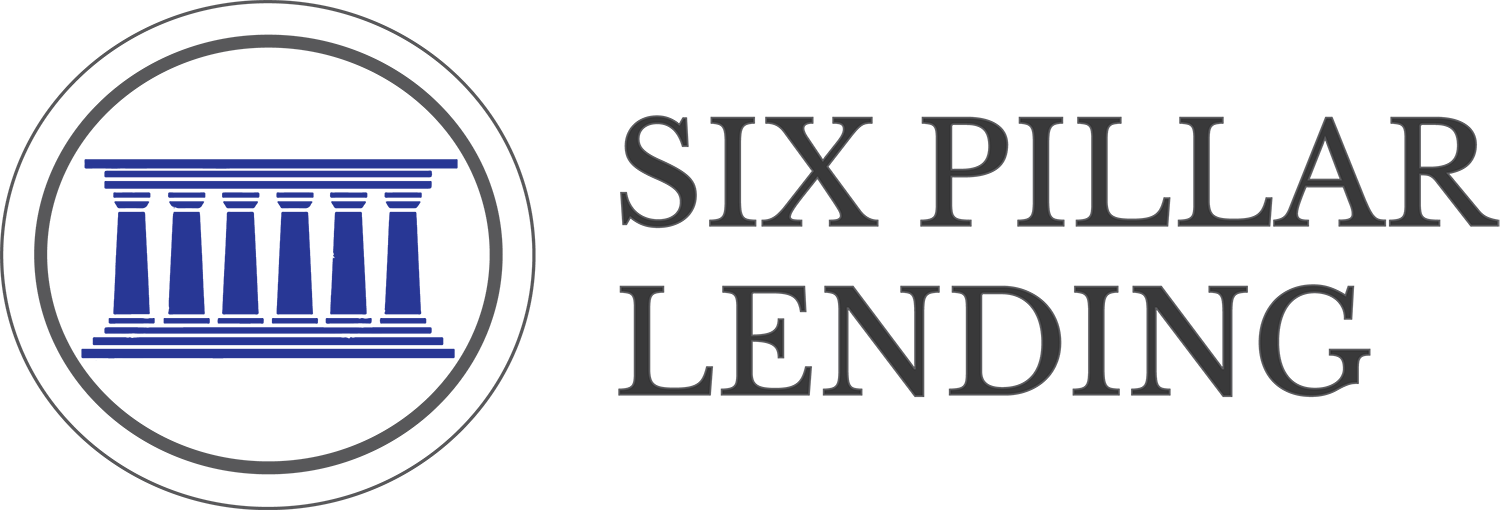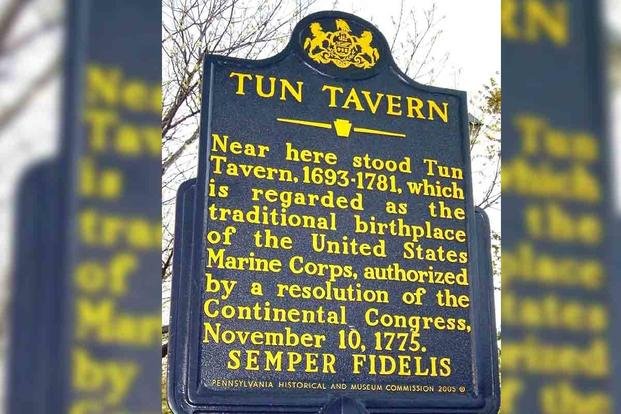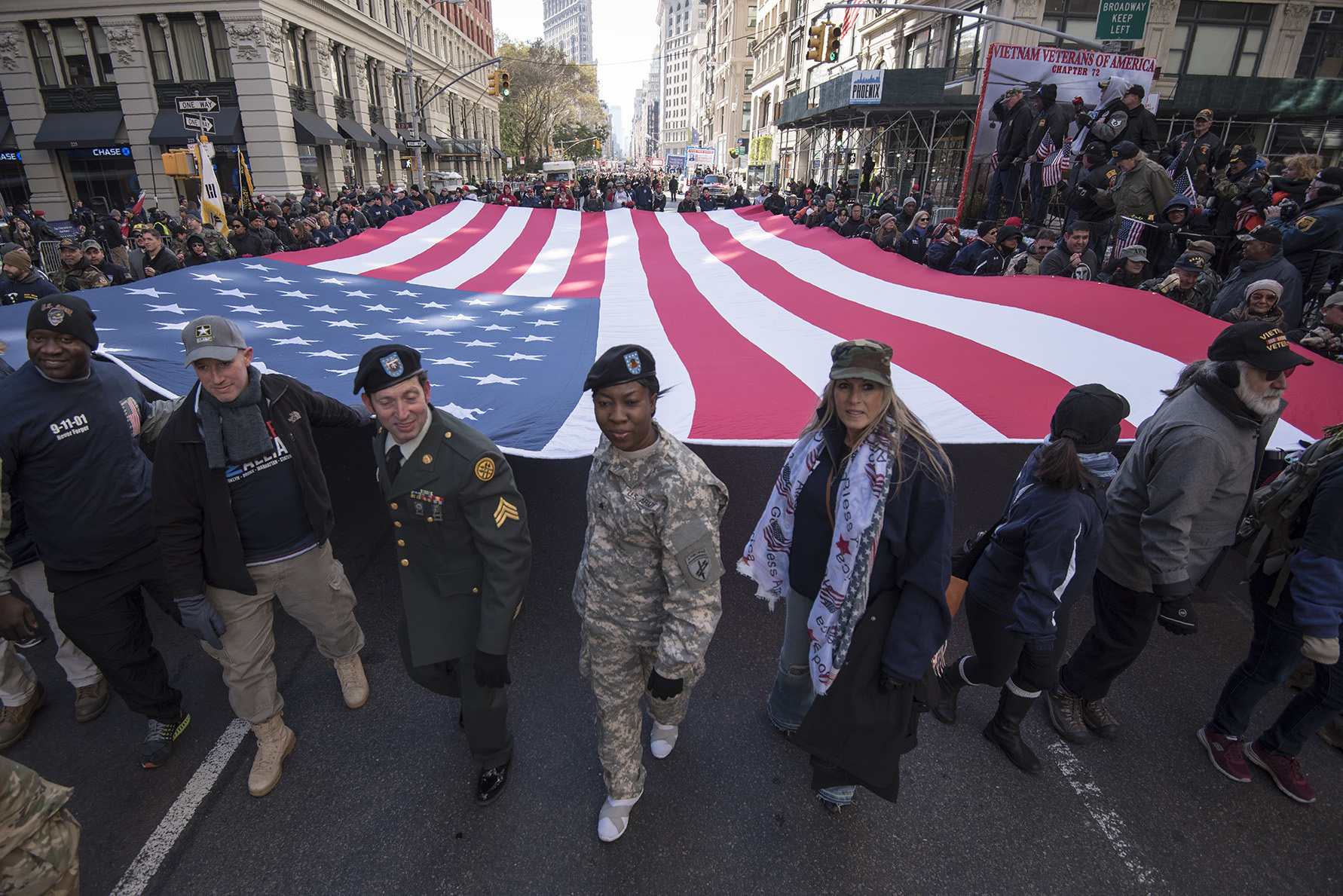For veterans and active-duty service members, VA (Veterans Affairs) home loans are an attractive option…
Unlocking Doors: A Comprehensive Guide for VA Loan Eligibility for Reservists
For many, owning a home symbolizes a sense of achievement, stability, and security. For members of the Reserves, who often face unique challenges balancing military and civilian life, this dream can sometimes seem out of reach. Thankfully, the Department of Veterans Affairs (VA) Home Loan program extends its benefits to eligible Reservists, providing a pathway to homeownership. In this article, we’ll explore the requirements, benefits, and application process to help Reservists secure their piece of the American dream.
VA Loan Eligibility for Reservists
Reservists seeking to benefit from the VA Home Loan program must first meet specific eligibility criteria. The fundamental requirement is the accumulation of a minimum of six years in the Selected Reserve or National Guard. Additionally, Reservists must have either been honorably discharged, placed on the retired list, transferred to the Standby Reserve or an element of the Ready Reserve, or continue to serve in the Selected Reserve.
Certificate of Eligibility (COE)
Obtaining a Certificate of Eligibility (COE) is a pivotal step for Reservists. This document validates the eligibility based on service history and duty status. Reservists can apply for a COE through the eBenefits portal, by mail, or through a VA-approved lender, who can access the Web LGY system to establish eligibility in a few minutes.
Benefits of the VA Home Loan Program
- No Down Payment: One of the most significant benefits of a VA home loan is the no down payment feature, which enables borrowers to finance 100% of the purchase price.
- No Private Mortgage Insurance (PMI): Unlike conventional loans, VA loans do not require PMI, which translates to lower monthly payments.
- Competitive Interest Rates: VA loans typically offer lower interest rates compared to conventional mortgages, reducing the overall cost of borrowing.
- No Prepayment Penalties: Reservists have the flexibility to pay off the loan earlier than the agreed term without incurring any penalties.
- Assistance for Financial Hardship: The VA offers financial counseling and assistance for borrowers facing financial hardship, helping prevent foreclosures.
- Reusable Benefit: Eligible members can reuse their VA home loan benefits multiple times, provided the prior loan has been paid off.
- Variety of Loan Types: Reservists can choose from various loan types, including fixed-rate, adjustable-rate, jumbo loans, and refinancing options.
Reservist VA Loan Application Process
Once the eligibility is established, and a COE is obtained, Reservists can embark on the application process. Here’s a step-by-step guide:
- Pre-Approval: Before house hunting, secure pre-approval from a VA-approved lender to understand the borrowing capacity and demonstrate to sellers the seriousness of the offer.
- Find a VA-Approved Lender: Not all lenders are authorized to offer VA loans, so it’s crucial to find a VA-approved lender. The VA website provides a comprehensive list of approved lenders.
- House Hunting and Offer: With pre-approval in hand, begin the search for a suitable home. Once found, make an offer contingent on the ability to secure a VA loan.
- VA Appraisal and Inspection: After the seller accepts the offer, the VA will assign an appraiser to determine the property’s fair market value and ensure it meets the VA’s Minimum Property Requirements (MPR).
- Loan Underwriting: The lender will review the application, assess financial stability, creditworthiness, and ensure all documentation is in order.
- Closing: The closing process begins once the underwriting is complete and the loan is approved. At closing, review the final loan documents, pay any closing costs, and finalize the transaction.
- Move-In: After the closing, it’s time to move into the new home and begin making regular mortgage payments as agreed upon in the loan terms.
Additional Considerations for Reservists
While the VA Home Loan program offers numerous benefits, Reservists should also know the associated costs. These may include the VA funding fee, closing costs, and potential home maintenance expenses.
VA Funding Fee: The VA funding fee is a one-time payment to the VA to fund the program and reduce the cost to taxpayers. The amount depends on the down payment and whether the borrower has used the VA loan benefit before.
Closing Costs: While the VA limits the closing costs lenders can charge, there will be some out-of-pocket expenses, such as appraisal fees, title insurance, and recording fees.
Home Maintenance: As homeowners, Reservists will be responsible for maintaining their property, which can include costs for repairs, improvements, and general upkeep.
VA Home Loans for Veteran Reservists
For Reservists eyeing homeownership, the VA Home Loan program serves as a valuable resource, offering an array of benefits like no down payment, competitive interest rates, and no PMI. By understanding the eligibility requirements, obtaining a COE, and navigating the application process, Reservists can leverage this benefit to secure a home that serves as a foundation for their future.
While the journey to homeownership requires due diligence and can be time-consuming, the rewards are manifold. Through the VA Home Loan program, Reservists not only secure a tangible asset but also foster stability and security, reinforcing the ideals they uphold in service to the nation. When you’re ready to get the process started on your Reservist VA Home Loan, contact one of our fellow Veterans at Six Pillar Lending to help you through the process.





